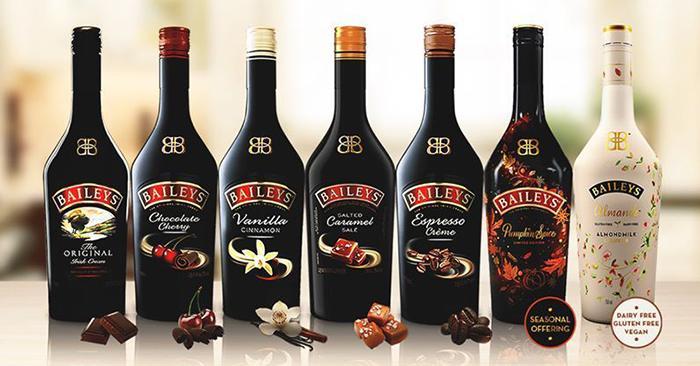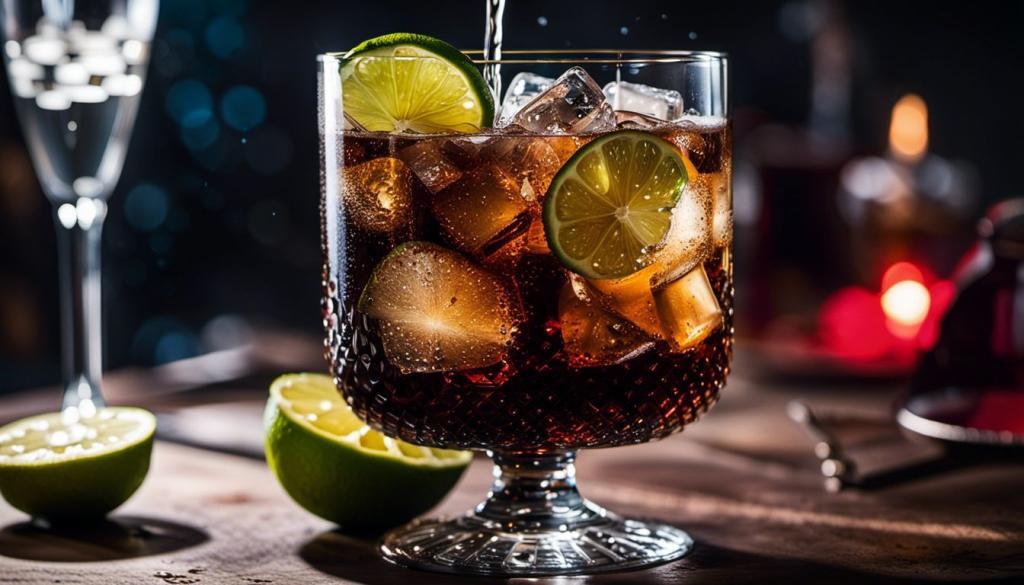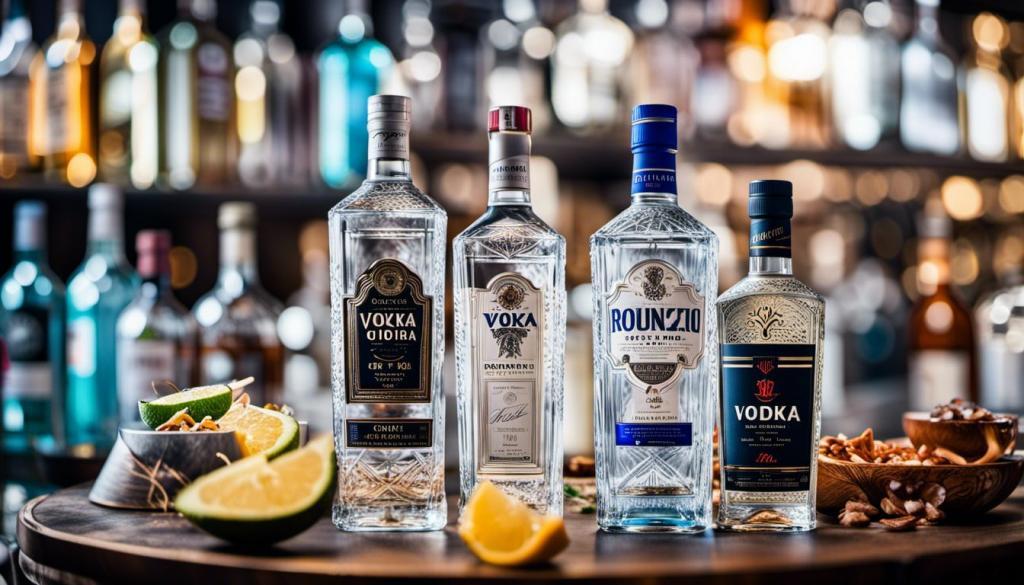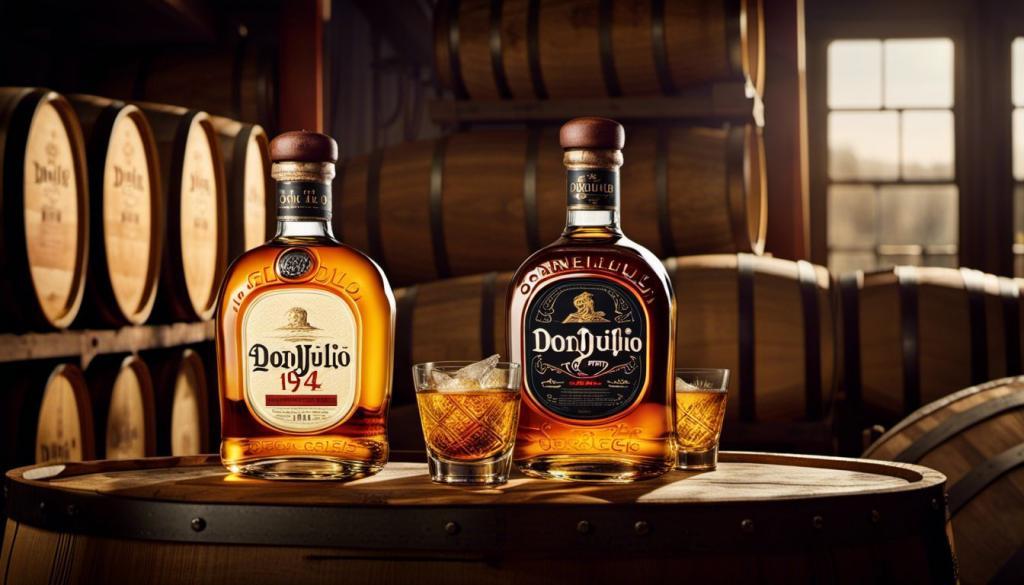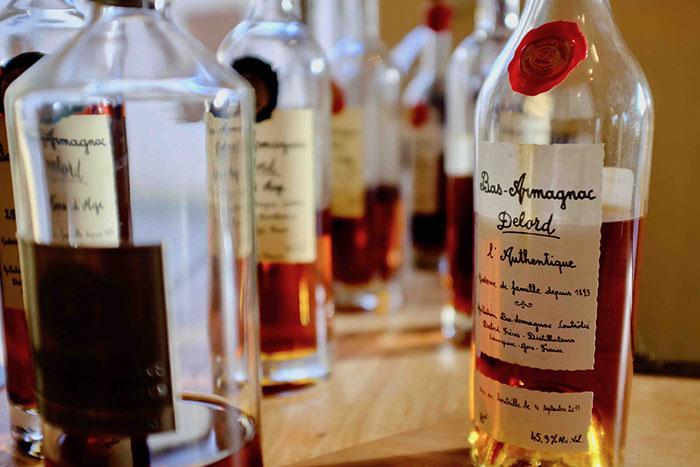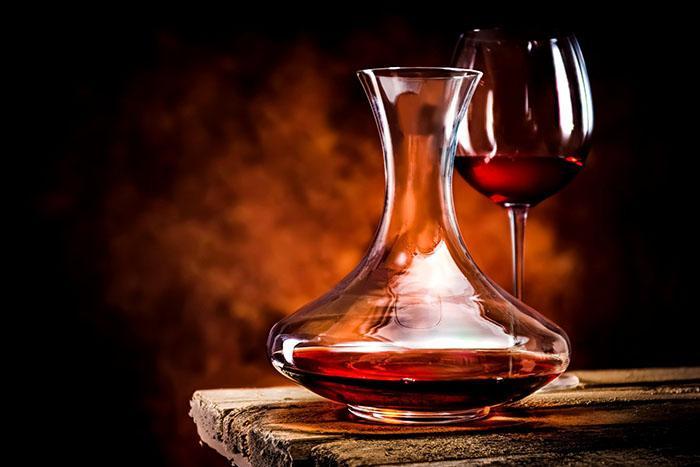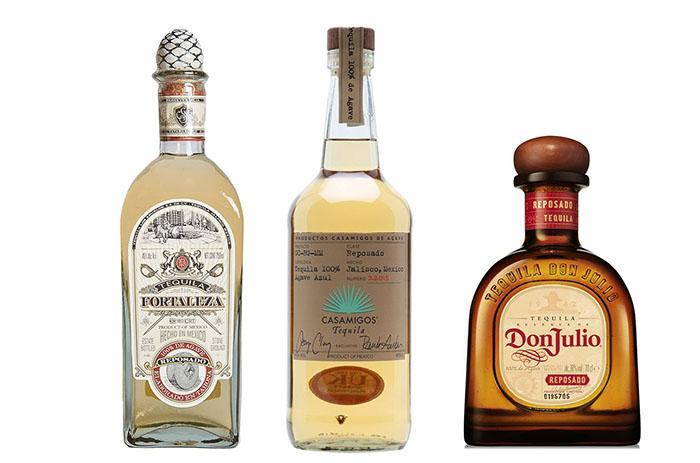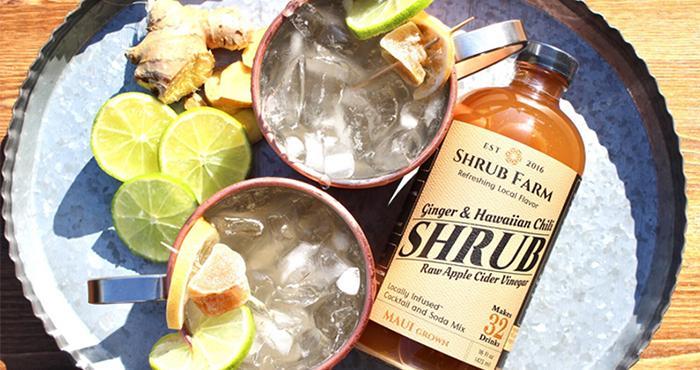Looking to deepen your knowledge about one of the world’s most consumed beverages, ale?
First brewed in ancient times, ale is among the oldest and most popular alcoholic drinks worldwide.
You Are Watching: What Is Ale Updated 07/2025
This reader-friendly blog post will take you on a fascinating journey through what distinguishes ale from other beers, its rich history, and the varying types it comes in.
Don’t wait another minute; let’s dive into this flavorful world!
The Definition and Characteristics of Ale

Ale is a category of beer characterized by its brewing process and distinctive flavors. Brewed through a warm fermentation method, it achieves a sweet, full-bodied, and fruity taste that sets it apart from other beer types like lagers.
The primary ingredients for ale are similar to lager: malt, hops, water and yeast. However, the significant difference lies in the type of yeast used for fermentation.
Beyond just its unique flavor profile due to different fermentation methods, ale also stands out with certain inherent characteristics.
Typically richer in taste with a more robust body than lagers, they often carry pronounced fruity or spicy notes elicited by the specific yeasts utilized in their brewing process.
Some variants of this alcoholic beverage have a detectable bittering agent which serves two purposes – to balance out the sweetness derived from malt and act as preservatives extending shelf life.
A Brief History of Ale

Ale has a rich and fascinating history that dates back thousands of years. It is believed to be one of the oldest fermented beverages in the world, with evidence of its production found as far back as ancient Mesopotamia and Egypt.
In fact, ale was so important to these early civilizations that it was often used as currency and even offered to the gods in religious ceremonies.
During medieval times, ale became a staple in European societies, particularly in England. It was brewed by women known as alewives who would sell their creations from their homes or at local taverns.
These brews were typically made using malted barley and water, with various herbs or spices added for flavoring.
The introduction of hops into beer brewing during the 13th century had a significant impact on the development of ale.
Hops not only added bitterness to balance out the sweetness of the malt but also acted as a natural preservative, allowing ale to have a longer shelf life.
This led to an increase in popularity and commercialization of ale throughout Europe.
Today, craft breweries all over the world continue to embrace the traditional methods of brewing ale while also experimenting with new flavors and techniques.
Whether it’s sipping on a crisp pale ale or indulging in a robust stout, one thing is clear – Ale has stood the test of time and remains an integral part of our drinking culture.
Different Types of Ales
Pale Ale

Read More : Types Of Liquor Updated 07/2025
Pale Ale is a popular type of ale that has gained a strong following among beer enthusiasts. It is characterized by its pale golden color, hoppy aroma, and refreshing taste.
Unlike other ales, Pale Ales are brewed with lighter malts which give them a crisp flavor profile.
They typically have a balanced bitterness from the hops, making them enjoyable for those who prefer less intense flavors.
With their versatility and wide range of variations, Pale Ales offer something for everyone, whether you’re new to craft beer or an experienced connoisseur.
So if you’re looking to explore the world of ale, don’t miss out on trying a delicious Pale Ale.
Brown Ale
Brown ale is a type of ale that offers a delightful and slightly malty flavor profile. It is known for its deep amber to dark brown color, which comes from the roasted malt used during the brewing process.
This style of ale often showcases notes of caramel, chocolate, and nuts, giving it a rich and satisfying taste.
Brown ales are typically medium-bodied with a moderate bitterness level, making them approachable for both beer enthusiasts and casual drinkers.
Whether enjoyed on its own or paired with hearty foods like grilled meats or roasted vegetables, brown ale is sure to satisfy your craving for a flavorful and smooth drinking experience.
India Pale Ale (IPA)

India Pale Ale (IPA) is a popular type of ale that is known for its hop-forward flavor and higher alcohol content. It originated in England during the 19th century when English brewers were creating a beer specifically designed to withstand long journeys to India.
IPA has a distinct bitterness, thanks to an increased amount of hops used during the brewing process. This bitterness balances out the sweetness from the malt, resulting in a complex and refreshing taste.
IPAs are often characterized by their citrusy, piney, or floral aroma, making them a favorite among craft beer enthusiasts.
So whether you’re looking to embark on a hoppy adventure or simply broaden your beer horizons, trying an IPA can be an exciting and flavorful experience.
Golden Ale
Golden ale is a popular style of ale that offers a refreshing and approachable flavor profile. This type of ale, often referred to as blonde ale, is known for its light golden color and crisp taste.
Golden ales typically have a balanced malt sweetness with subtle fruity notes and a gentle hop bitterness. They are easy-drinking beers that appeal to both casual beer enthusiasts and those looking for a lighter alternative to other types of ales.
One interesting fact about golden ale is that it falls within the broader category of pale ales, which includes various styles like American pale ale (APA) and English bitter.
These beers share similarities in their use of malted grains, hops, yeast strains, and fermentation methods.
However, what sets golden ale apart is its emphasis on creating an enjoyable drinking experience with its smoothness and mellow flavors.
When it comes to food pairings, golden ale can complement a wide range of dishes due to its versatility. It pairs well with seafood such as grilled shrimp or fish tacos thanks to its clean acidity, while also providing enough body to stand up against heartier fare like roasted chicken or spicy sausages.
Whether enjoyed on its own or alongside your favorite meal, golden ale offers an accessible introduction to the world of craft beer for those seeking something flavorful but not too heavy.
Scotch Ale

Scotch Ale, also known as Wee Heavy, is a style of ale that originated in Scotland. It is characterized by its rich malty sweetness and strong alcohol content.
The name “Scotch Ale” can be misleading for those unfamiliar with the style, as it does not actually contain any Scotch whisky.
Instead, it refers to the traditional brewing methods used in Scotland.
Scotch Ales are known for their deep amber to dark brown color and complex flavors. They often have notes of caramel, toffee, and toasted malt, which give them a sweet and robust taste. The high alcohol content adds warmth and depth to the beer without overwhelming the palate.
Unlike some other types of ales that focus on hop bitterness, Scotch Ales prioritize maltiness and balance.
This makes them very approachable for those who prefer sweeter beers or are new to craft beer tasting.
Due to their full-bodied nature, Scotch Ales pair well with hearty dishes such as stews or roasted meats.
How to Serve and Enjoy Ale
Glassware and temperature
Ale is best enjoyed when served in the appropriate glassware at the right temperature. Here are some tips to enhance your ale-drinking experience:
- Choose the right glass: Opt for a tulip or pint glass when serving ales. These glasses help capture and concentrate the aromas, allowing you to fully appreciate the beer’s flavors.
- Serve at the ideal temperature: Ale should be served slightly chilled, but not too cold. The recommended temperature range is between 45°F (7°C) and 55°F (13°C). This allows the flavors and aromas to be more pronounced without being overpowering.
- Avoid frosted or frozen glasses: While it may seem tempting to serve ale in a frosty mug on a hot day, it can actually numb your taste buds and dull the flavors. Stick to room temperature or slightly chilled glasses for the best taste experience.
- Consider proper pouring techniques: When pouring ale into a glass, aim for a gentle pour down the side of the glass. This helps preserve carbonation while minimizing excessive foam formation.
- Swirl and sniff: Before taking your first sip, give your ale a gentle swirl in the glass to release its aromatic compounds. Take a moment to inhale deeply, savoring the complex scents of malt, hops, fruitiness, or any other unique characteristics of the particular ale you’re enjoying.
- Sip and savor: Take small sips of your ale, allowing it to coat your palate and fully experience its flavors. Pay attention to its sweetness, bitterness from hops, maltiness, or any other distinct taste notes that make each type of ale unique.
Food pairings for different types of ales
When it comes to enjoying your favorite ale, pairing it with the right food can enhance the overall experience.
These pairing suggestions will not only provide a delightful culinary adventure but also help alcoholics better understand the complexities of different ales and their flavors.
| Ale Type | Food Pairing |
|---|---|
| Pale Ale | Grilled meats and spicy foods work well with the complex and full-bodied flavor of Pale Ales. Since they can be quite aromatic, they can also complement a variety of cheeses. |
| Brown Ale | The malty taste of Brown Ales pairs perfectly with root vegetables and rich meats like pork and beef. It also goes well with hearty stews and casseroles. |
| India Pale Ale (IPA) | IPAs are known for their bitterness, which can cut through the richness of fried foods, spicy curries, and bold, tangy cheeses. They also pair well with grilled meats and seafood. |
| Golden Ale | The light and fruity flavor profile of Golden Ales make them perfect for pairing with poultry, light salads, and even mildly spiced dishes. In terms of cheese, consider pairing with tangy goat cheese. |
| Scotch Ale | Scotch Ales, with their rich and sweet maltiness, can enhance the taste of smoked meats and game. They can also pair well with sweet desserts and cheeses. |
Remember, these are just suggestions. The best way to discover your favorite ale and food pairing is to experiment and find what works best for you. This approach not only makes the process of dealing with alcoholism less daunting but also makes it more enjoyable.
Tasting and flavor profiles
When it comes to tasting and flavor profiles, ales offer a wide range of options to suit every palate. From the crisp and refreshing bitterness of pale ales to the rich and malty goodness of brown ales, there is something for everyone.
Ales often have fruity notes that add complexity to their taste, with hints of citrus, berries, or even tropical flavors.
The malt used in brewing gives ales their sweet and full-bodied character, while hops provide the signature bitter kick.
Whether you prefer something light and easy-drinking or bold and robust, exploring the diverse flavors of ales can be an enjoyable journey into the world of craft beer.
The versatility of ale means that it pairs well with various types of food. Lighter styles like golden ale complement seafood dishes perfectly, while stronger varieties like Scotch ale go nicely alongside hearty stews or roasted meats.
When serving ale, using the right glassware can enhance both its aroma and appearance. It’s also important to serve it at the proper temperature – slightly chilled but not ice-cold – so as not to dull its complex flavors.
Conclusion
In conclusion, ale is a delicious and timeless beverage that has been enjoyed for centuries. With its sweet, full-bodied taste and fruity notes, it offers a unique drinking experience.
Whether you’re sipping on a pale ale or indulging in an India pale ale (IPA), there’s no denying the rich history and complexity of this beloved drink.
So next time you’re looking for something refreshing to quench your thirst, give ale a try – you won’t be disappointed! Cheers to the wonderful world of beer!
Sources: https://chesbrewco.com
Category: Wine

